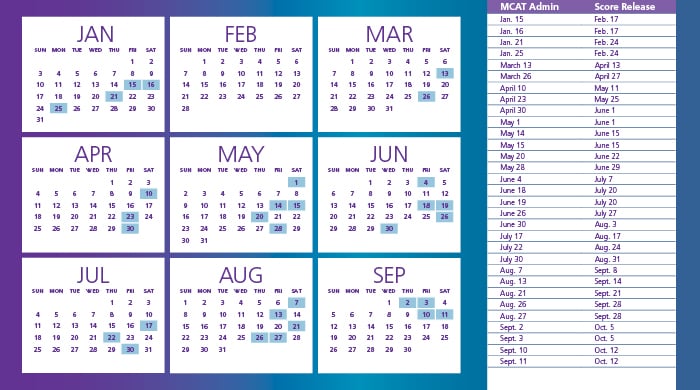For the most effective response, I need a whiteboard. 😉
Simply if you read the article, schools need to test the IT to be sure they get your application and that the data stream doesn't mix all that data up. (NO ONE gets paper copies or huge PDF files anymore, so it is wrong that the printed AMCAS application you see is necessarily how your file is viewed.) Once they know they are getting your application data properly formatted, the office checks to see if all of your required elements are in: submitted secondary application, letters of recommendation (if required at this step, might be required later since most know that committee letters come later), Casper/PREview/SJT scores, and MCAT scores. If you don't have any of these items, your file goes to the Hold bin. They won't escape the hold bin until the missing items are received. (So many files on hold because people don't update us with an MCAT score when they say they would... but that's another conversation that is way too granular unless you want to be an admissions staff professional and not a doctor or adcom voting member.)
Those that pass the pre-screening bin are "bundled" for screening triage where your AMCAS, secondary, scores, and possibly letters are initially reviewed. The goal is to identify files that are automatically denied for not meeting expectations or clearly showing mission fit; these are marked for denial and may be acted upon later.
The files that pass through this triage are sent up for faculty pre-screen which will place the remaining files on the staircase, identifying applicants that are most desirable for the interview stage. (This is where LOR's may be required, and so if you don't have your LOR's in, you are placed on hold here. For some schools LOR's are not required unless there are concerns about your application. This allows for faster "stairstepping" [using the Staircase analogy here] of truly desirable applicants that fit the program's mission. LOR's are usually required to get an offer or waitlist decision.)
Note I am simplifying to convey concepts. The minutia are highly program-specific and not publicly disclosed. They also tend to be revised after every cycle, and sometimes in the middle of a cycle if leadership changes abruptly.



